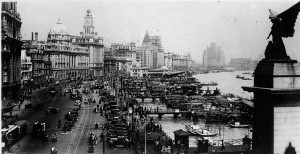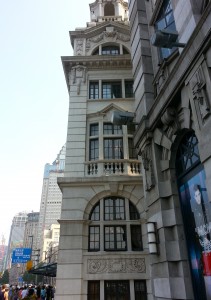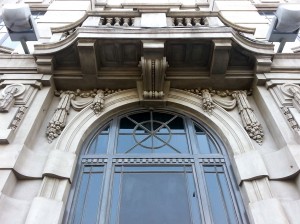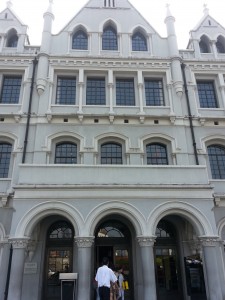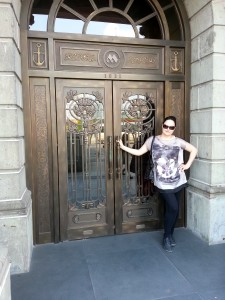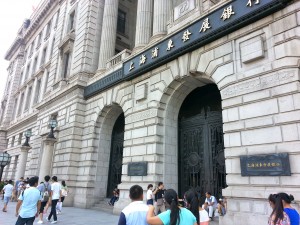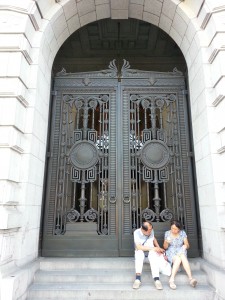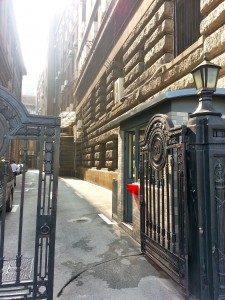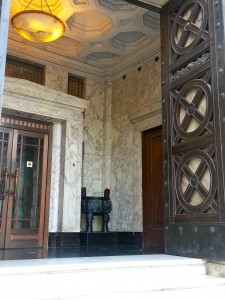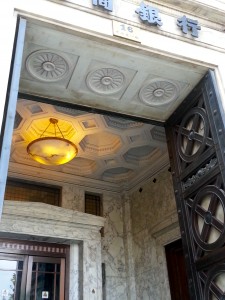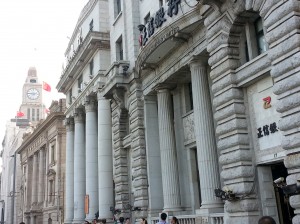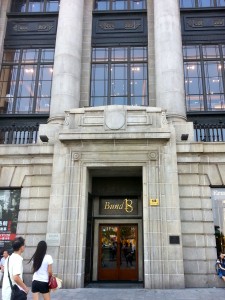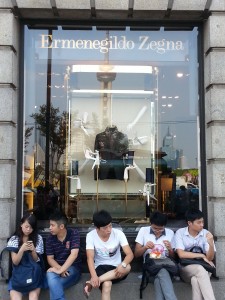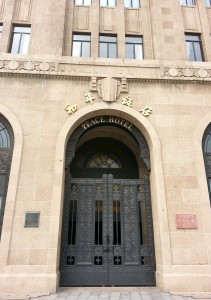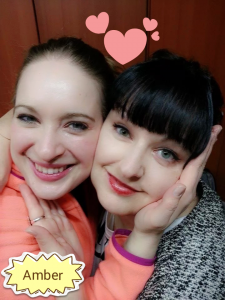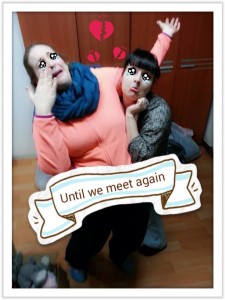The Bund area of Shanghai is thick with history, as are many places in China’s vast landscape. The birth of the Bund began with the signing of the Treaty of Nanking. The peace treaty was signed in 1842 at the end of the first opium war. The Treaty of Nanking allowed foreign trade (predominantly British) to move into the port cities of China. One of those cities was Shanghai. The treaty changed China’s overseas trading rules and had a huge impact on the country’s foreign relations for decades to come. Soon after the treaty signing, the British who were already in China settled along the banks of the Huangpu River and set up shop. American and French businessmen soon followed to put down roots in the Bund as well, but the French later moved south to what became the Shanghai French Concession, or the French Bund. The British and Americans eventually consolidated their settlements and named the area the Shanghai International Settlement in 1863. The area later became known as simply, the Bund.
Towards the end of the 1800s the International Settlement was rapidly developing with banks, clubs and hotels being built in architectural styles from around the world. By the 1930s it was the financial hub of the eastern Asian region with all of the major Chinese and international banks located there.
In today’s modern Shanghai, some of these buildings are still used as banks, but the clubs and hotels were relocated and the buildings used for other purposes. This article will take a look at some of those historical relics on the Bund and their beautiful architecture.
The pictures below show what was once known as the trendy Shanghai Club, built in 1910. It was famous for its luxurious bar counter made of Italian marble that ran over 100 meters in length. Today this building is the Waldorf Astoria Shanghai hotel and it’s famous marble counter has been perfectly preserved to this day.
This gothic style building seen below was built in 1906 and is the former China Merchants Bank building. It was the first commercial bank of China. Today it’s called “Bund 6” (after its street address) and it holds a Dolce & Gabbana on the first floor and a swanky Japanese restaurant on the second.
Yours truly, outside the Merchants Steamship Bureau, built in 1901. It used to be a Russell & Co store and now holds high quality clothing and home furnishings.
This monster of a building is the former HSBC building, once known as the Shanghai Pudong Development Bank Building in 1923. Back then, HSBC was the largest bank in Britain and in the Far East. It was one of the most extravagant buildings of its day, having the most floor space and the widest storefront of all the other buildings on the Bund at the time.
Below, two more shots of the former HSBC building.
These two showcase some beautiful marble work, done in 1926 on the former Bank of Taiwan building. Today this building is known as the China Merchant Bank. I wish I could live there.
This photo below shows the American Insurance Association (AIA) building, formerly the North China Daily News building. At the time of its opening in 1924, it was the tallest building in Shanghai. Before it housed the North China Daily, it was home to the North China Herald, an English newspaper, established in 1850 in Shanghai for the expatriate community and mostly covered shipping, trade and business news. The North China was the earliest known daily paper to be published in China.

The inscription below the carvings read: “Journalism, science, literature, commerce, trust, printing”
The “Bund 18,” as it’s known today, was once the Oriental Bank and the first foreign bank to come to China. From the Oriental Bank, it became the Chartered Bank Building and was the largest branch in all of Asia. Its construction was completed in 1922 and today is hosts world-famous brand names like Cartier, Ermenegildo Zegna and others. There is now an art gallery on the fourth floor as well as some fancy bars and restaurants on the first and seventh floor.
The Peace Hotel, once known as the Sassoon building, was built in 1929. The hotel underwent massive renovations to restore the hotel to its original state in 2007 and wrapped up in 2010. The Sassoon family who once owned the building were business and real estate tycoons in the early 20th century Shanghai.
A walk through the Bund is like peering through a window in time. A view to the past with a current view of the present and future. It’s absolutely breathtaking to see the old architecture of the past woven into modern day Shanghai. For those who are into history or who just enjoy looking at interesting buildings as I do, a walk through the Bund is a must-see when you visit Shanghai. Stay tuned for next week’s article when I take a walk through “new Shanghai” on the other side of the Huangpu River.
